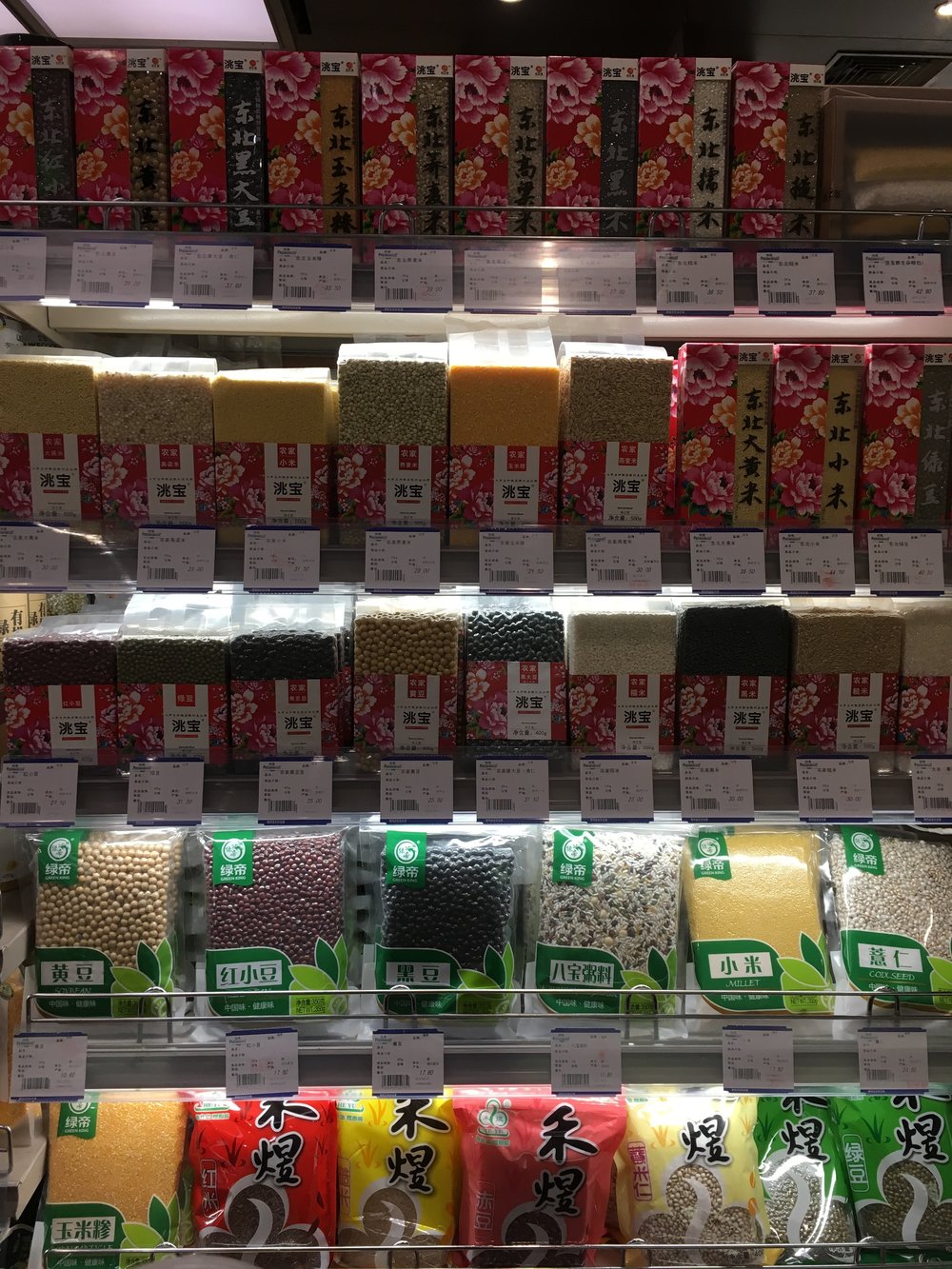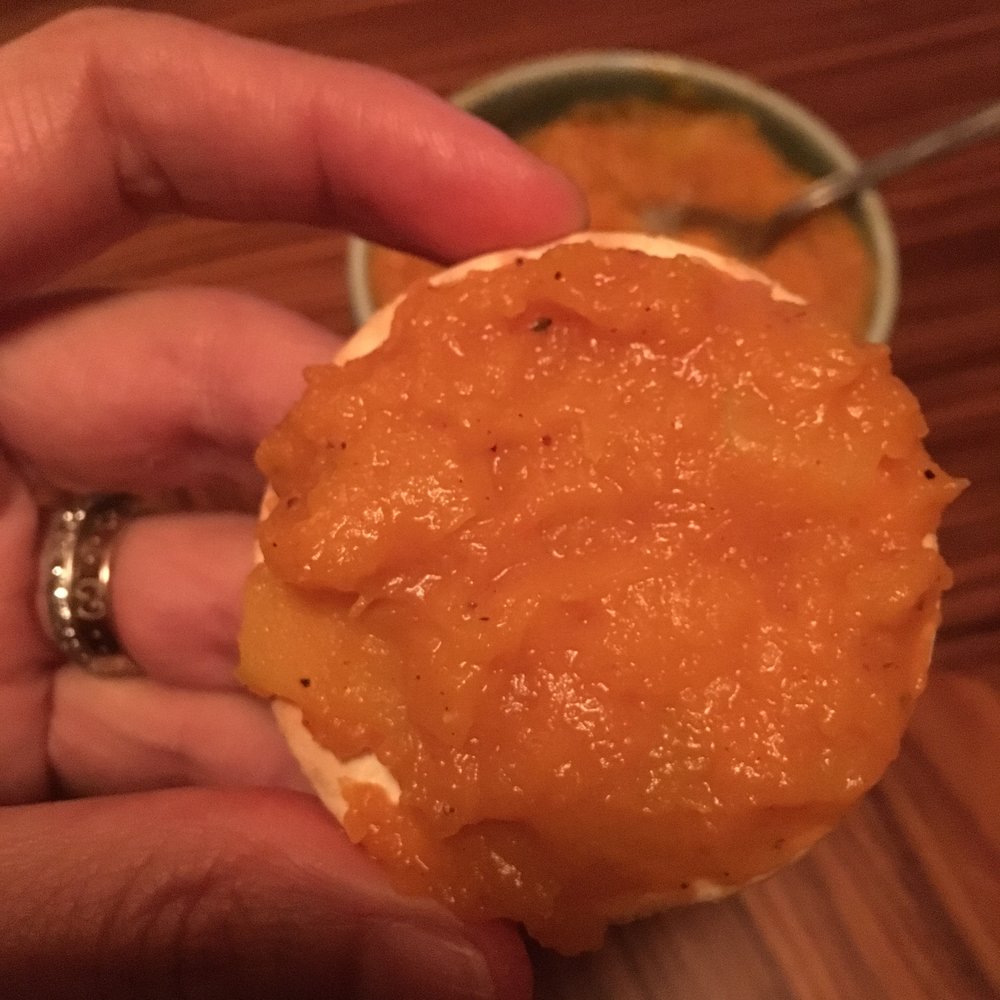It’s a bit of a weird week, with travel, changes, so I’m getting a bit lost!
We went to Shanghai for two days, where A. was working, abd I took this opportunity as a writing retreat when I was not disturbed abd could focus on my work. It was very productive, the weather very helpful to forced me inside with almost constant pouring rain. Just 30min of swimming in the morning and a rapid tour of the food corner of the nearby department store where it was funny to see so many Japanese products as luxury ones! We came back to Tokyo last night, this morning we received the keys of our new apartment and we are moving tomorrow within Tokyo and Sunday to Ohara. I also have quite some work to do at the lab with the students preparing some key presentations for their graduation. But, nothing’s better than a home cooked meal to get plenty of good energy and I prepared some very simple Japanese things: multigrain mixed with rice, eggplant and miso, scrambled eggs, and jumbo umeboshi. A good reason to take a little break!









